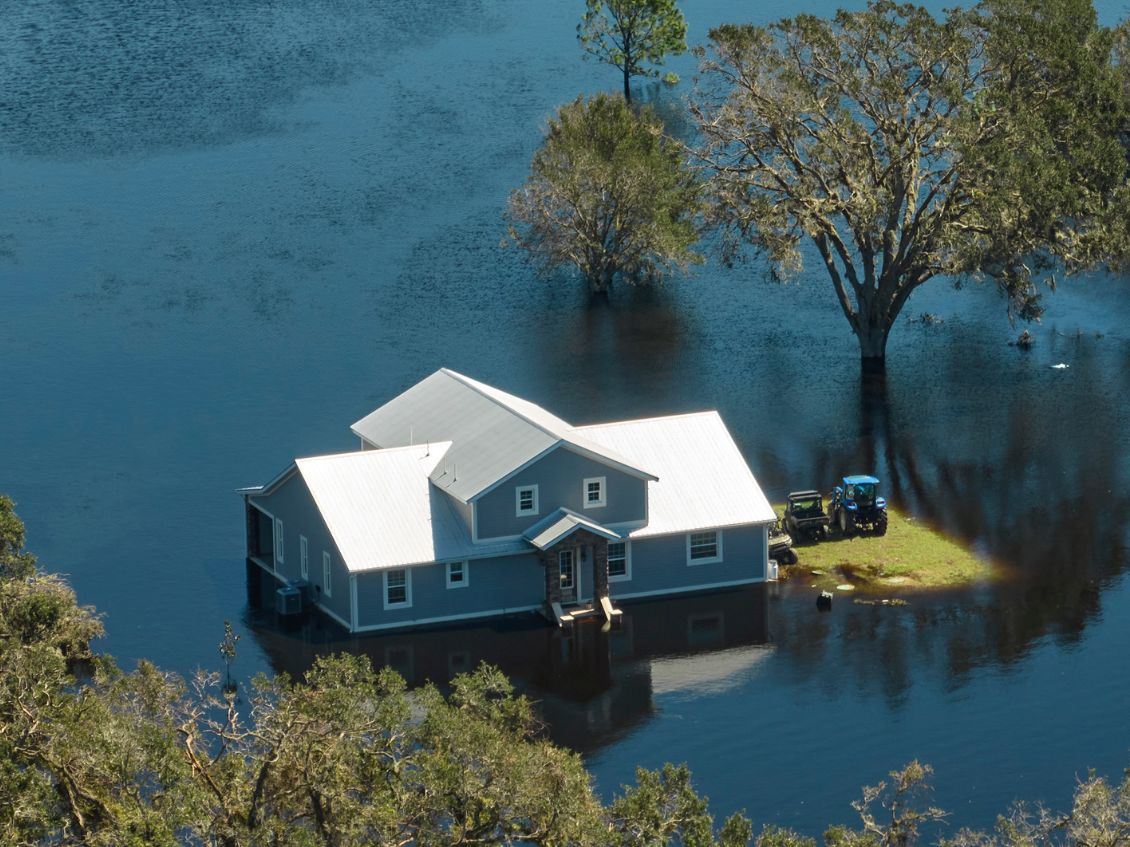
Floods are Mother Nature’s way of reminding us that she can—and will—rearrange our homes without prior notice. If you’ve recently experienced this unsolicited home makeover, you might wonder about the first thing to do after a flood destroys your home. Fear not! We’re here to guide you through the aftermath with a blend of humor and practical advice.
Step One: Document the Damage
Before you do anything else, whip out your camera or smartphone and start documenting the damage. Take photos or videos of everything—and we mean everything.
That soggy couch? Snap it. The water line on the wall? Get a close-up. These visuals are your proof of damage for insurance purposes and your future memoir entitled Water You Gonna Do About It? Remember, the goal is to capture the chaos before you start cleaning up so your insurer sees the full extent of the disaster.
Step Two: File a Flood Insurance Claim (If Possible)
Once you’ve documented the aquatic apocalypse that was formerly your home, it’s time to get on the phone with your insurance company. If you already have flood insurance, you’re well ahead of the game.
File a claim as soon as possible because insurers are about as slow as a snail swimming through peanut butter when it comes to processing claims. Provide the insurance company with evidence of your home water damage and let them know you’re serious about getting compensated.
Step Three: Remove Water and Mitigate Mold Damage
Now, roll up your sleeves—it’s time to remove every drop of unwanted water from your premises. Use pumps, vacuums, or old-fashioned buckets to remove standing water. Then, focus on drying out your home to prevent mold from deciding it’s found a new place to reside.
Dehumidifiers, fans, and open windows are your best friends during this process. If you do find any signs of mold, treat it like uninvited guests at a party and get rid of it ASAP with mold-killing solutions.
Step Four: Secure a Large Dumpster Rental
As you start the cleanup process, you’ll quickly realize that your regular trash can isn’t going to cut it. This is where securing a large dumpster rental becomes essential. Specifically, 30-yard dumpster rentals in Atlanta from Vine Disposal are invaluable during your cleaning efforts. Whether it’s ruined furniture, soggy carpets, or a collection of water-damaged knick-knacks, a dumpster of this size can handle it all.
Knowing the first thing to do after a flood destroys your home can make a world of difference in managing the aftermath. By following the steps above, you’ll navigate this watery mess with a bit more ease and maybe even a chuckle or two.
Although flooding may try to upend your home, it’s possible to bring it back to its original state when you follow the right steps. Contact Vine Disposal to secure your dumpster rental and begin your post-natural disaster cleanup.
